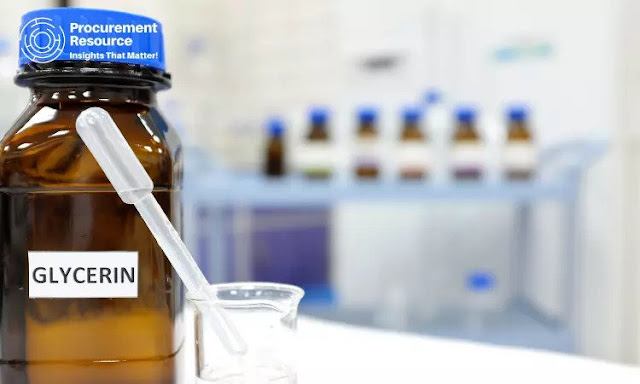Fuel Oil Production Cost Analysis Report, Manufacturing Process, Raw Materials Requirements, Costs and Key Process Information, Provided by Procurement Resource
The latest report titled “ Fuel Oil Production ” by Procurement Resource, a global procurement research and consulting firm, provides an in-depth cost analysis of the production process of Fuel Oil. Procurement Resource study is based on the latest prices and other economic data available. It also offers additional analysis of the report with detailed breakdown of all cost components (capital investment details, production cost details, economics for another plant location, dynamic cost model). In addition, the report incorporates the production process with detailed process and material flow, capital investment, operating costs along with financial expenses and depreciation charges. Request For Free Sample: https://procurementresource.com/production-cost-report-store/fuel-oil/request-sample Procurement Resource’s detailed report describes the stepwise consumption of material and utilities along with a detailed process flow diagram. Furthermore, the study assesses the latest devel...

